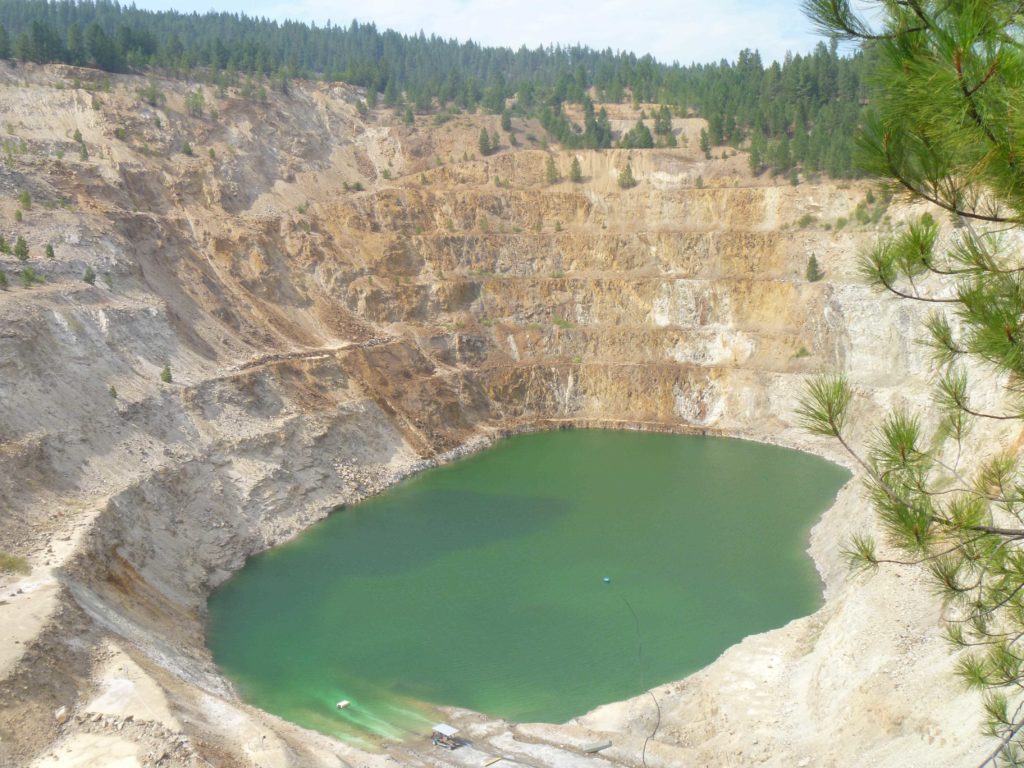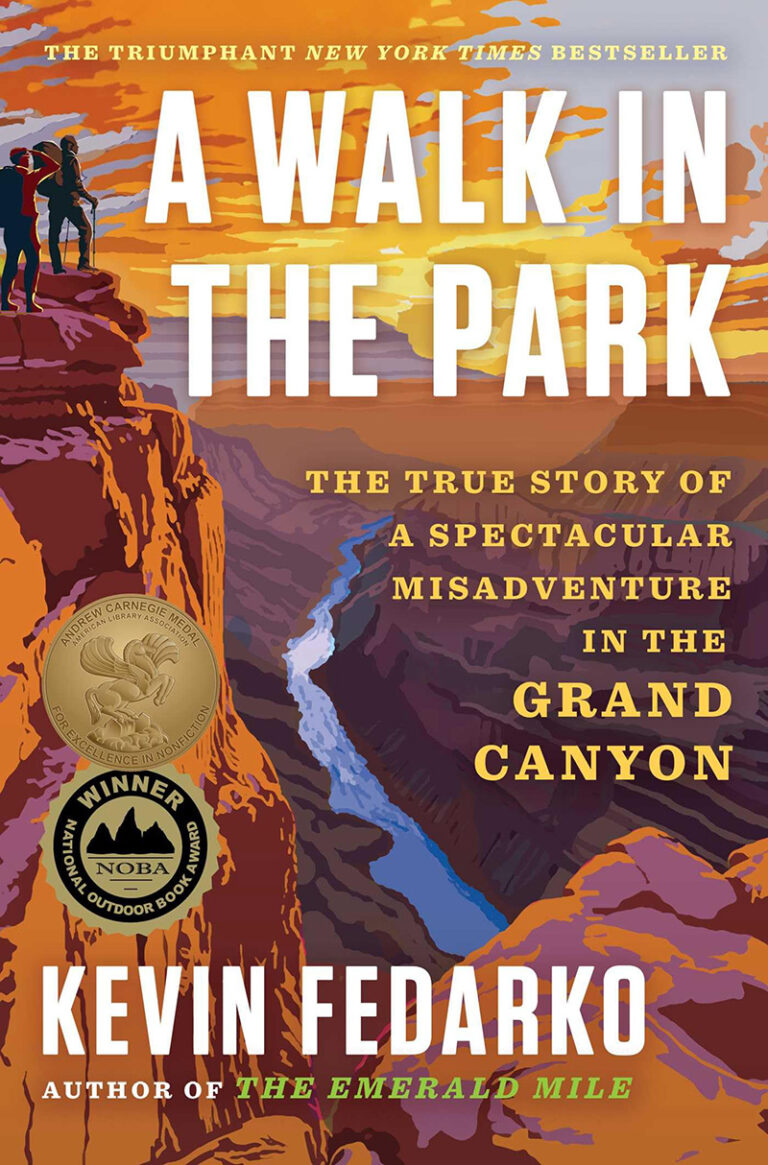Just 45 miles down stream from Spokane sits Midnite Mine, a former uranium mine within the Spokane Tribe of Indians Reservation. Most of us are aware of the long drawn out effort to clean up the Hanford Nuclear site, and the Midnite Mine sites have faced similar hurdles.
Midnite is part of the U.S. uranium-mining legacy from the Cold War arms race. It operated from 1955-1965 and again from 1968-1981 until the price of uranium dropped. After abandoning production, mine owners also left open pits of exposed radioactive ore, groundwater contaminated with acid and heavy metals, and a mill site with tailings in the town of Ford.
During the height of production, the mine employed nearly 500 people, including many tribal members. The jobs where a boon to the reservation, but the risks of mining radioactive material where less understood in the past and even more poorly communicated to those most at risk. Miners worked without adequate safety gear, bringing dust home on their clothes. Ore was spilled from trucks along the local highways.
Midnite Mine is currently owned by Newmont Corporation, which has been working to clean up the site since 2016. In 2018 Newmont petitioned the Environmental Protection Agency (EPA) to relax the clean up standards. They claim that the standards exceed the background radiation levels and reaching those standards would not be feasible without expanding the clean up outside the mine sites.

Tribal members are concerned that the petition will slow down an already drawn out process. Since the federal government raised concern about the millions of gallons of contaminated water in the open pit mine in 1988, there have been lawsuits, negotiations, and the designation of a superfund site.
The current plan for remediation is to fill and cap the open pit mines, treat the groundwater, and pump it 7 miles to the Spokane River. Currently the treated ground water is pumped into Blue Creek.
Twa-le Abrahamson is a Spokane tribal member and a community organizer with the SHAWL Society, which stands for Sovereignty, Health, Air, Water, and Land. She is concerned about the lack of information being shared by Newmont and the Washington State Department of Health, which deals with contaminants and drinking water quality. She states that the traditional practices of tribal members have been impacted. The land along Blue Creek was used for sweat lodges, and the mouth of the creek along Spokane River is an important traditional fishing ground. There are also herds of elk that frequent the area, and she warns there is limited fencing and signage to warn people.
Abrahamson sees much of the remediation focusing on the open pit mine, but she is also worried about the mill site that lies in Ford. She knows families living near the mill site that have found spikes in radiation in their well water.
There will be public hearings about Newmont’s petition to reduce the clean up standards. Abrahamson touts the work of the Spokane Riverkeeper and the Upper Columbia United Tribes in supporting the tribe and states that when more concerned parties are at the table, there are more positive results.
Uranium on Tribal Lands: A National Phenomenon
The Spokane Tribe of Indians is not the only Native American Tribe to deal with the legacy of uranium mining. Thousands of Dine (Navajo) in the southwest and Lakota (Sioux) of the Dakotas have been exposed to highly radioactive materials from mining. It wasn’t until the founding of the Environmental Protection Agency in the 1970s that tribes became aware of the dangers of contamination and the effects to air, water, and soil.
These tribes have had to deal with radioactive spills, including the 1979 breach of a tailings pond near Church Rock, New Mexico, where 100 tons of radioactive mill waste and 93 millions gallons of acidic contaminated water spilled into the Puerco River. More recently in 2015 the Gold Mill tailing pond spilled into the Animas River in Colorado and affected Navajo farmers growing hay and alfalfa down stream.
For more information on local impacts of uranium mining, visit spokaneriverkeeper.org.
Adam Gebauer is a freelance biologist and distracted adventurer. He wrote about the Othello Sandhill Crane Festival, in the Jan-Feb. 2020 issue.













